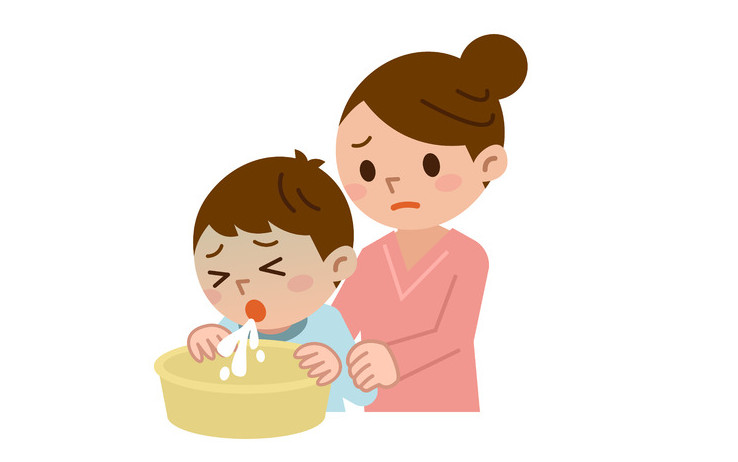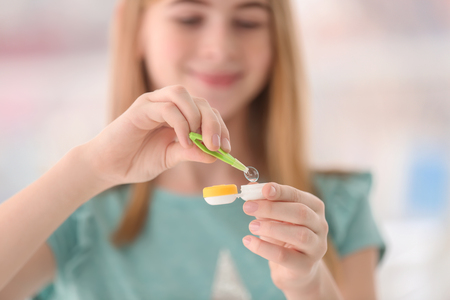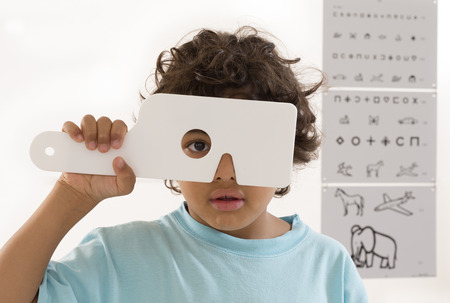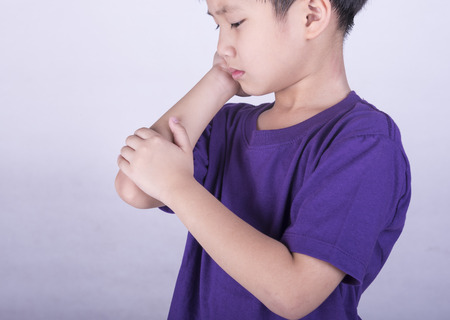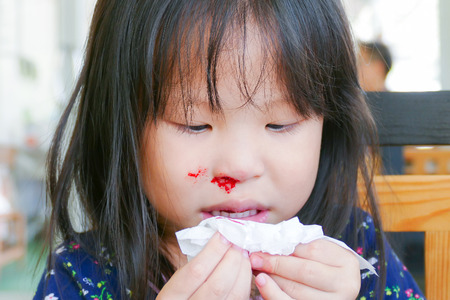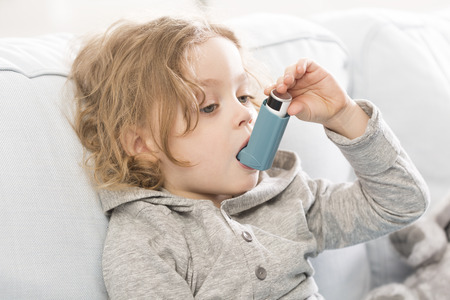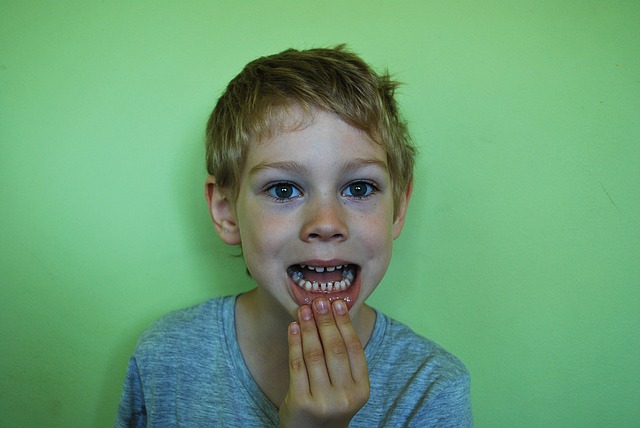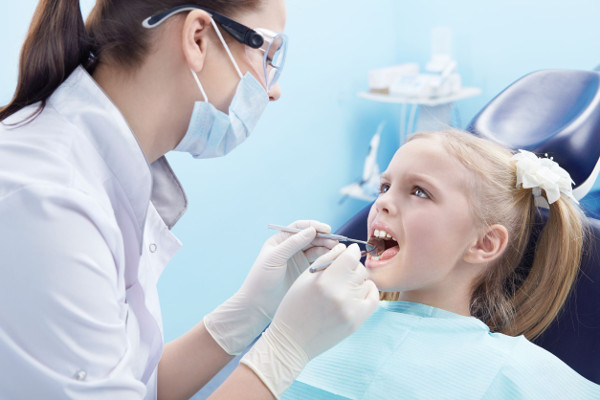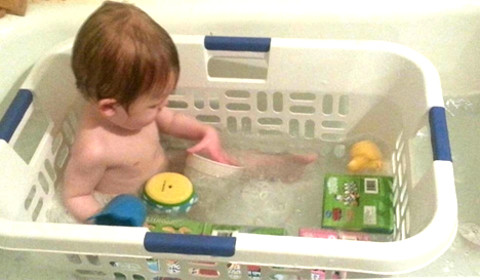We all know that ear digging feels super “shiok”! But did you know that our ear canal is a self-cleaning organ, and dead skin, hair and ear wax are constantly moving out from our ear canal?
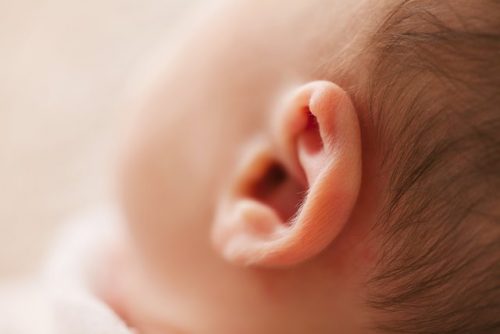
What is Ear Wax?
Ear wax, also known as cerumen, functions as a natural barrier preventing physical damage to the external ear canal from water, insects, trauma, infection and other foreign bodies. It is composed of secretion from sebaceous and ceruminous glands in the ear canal and admixed with sloughed skin, normal skin flora, water and the occasional depilated hair.
Unfortunately, sometimes the cerumen can build up, causing discomfort and pressure in the ears. Excessive ear wax can diminish hearing and lead to hearing loss. In children, this can affect their learning and communication in school.
The common use of cotton buds for cleaning ear wax also tends to push wax deeper into the ear canal. This may lead to a complete obstruction in some patients.
What Are The Causes For Ear Wax To Build Up?
1. Obstruction/ Narrowing of the ear canal
Ear canal disease is one of the causes of the impedance of clearance of wax. Ear canal disease can be secondary to bone damage such as osteoma (benign bone growth); or skin conditions including infection of the external ear canal and eczema.
Ear canal that is tortuously narrowed either due to normal anatomical variations or repetitive injury and infections of the soft tissue ear canal has a higher risk of ear wax impaction.
2. Ineffective ear wax migration
The glands lining the ear canal shrink as we progress with age. This produces more solid, less fluid-consisted wax. The wax clearance mechanism then becomes inefficient.
The common use of cotton-tipped applicators (e.g. cotton buds) tends to push wax deeper into the ear canal and this may lead to a complete obstruction in some patients. Prolonged use of earplugs, hearing aids and swim moulds can potentially obstruct ear canal and contribute to the accumulation of ear wax.
3. Excessive ear wax
Excess ear wax can occur as a result of injury to the ear canal or water retention.

How Do I Clean My Children’s Ears?
Below is the list of to-do and don’t in managing children’s ear wax.
To Do:
1. Keep their ears dry during swimming or bathing.
2. Avoid prolonged use of ear plugs or swim moulds as this can obstruct the ear canal leading to build-up of cerumen.
3. Do apply ear drops such as olive oil if there is wax building up.
4. In the event your child complains of ear pain, headache, hearing loss, or exhibits learning and speech disabilities, please bring the child to see a doctor.
Do Not:
1. Do not attempt to remove the ear wax from the child’s ear.
2. Do not stick any foreign objects into the child’s ears as this can cause injuries to the ear canal and ear drum. Sticking fingers, pointed objects, Q-tip cotton buds, and ear candling are no-nos.
Ear wax can be removed through micro-suction which is a bedside procedure performed with direct visualisation during retrieval of the cerumen. With increased precision and stability, this is one of the safest ways for clearing ear wax.
What Are The Ear Wax Removal Options?
1. Cleaning Ear Wax by Cerumenolytic Agents
This is a safe option for patients without eardrum perforation or ear surgical histories. Unlike other methods of ear wax removal, this is also a convenient and effective option. Patients who opt for this choice of treatment should follow up with a doctor for examination as prolonged retention of cerumenolytic drops behind the ear wax can lead to irritation of the skin lining of the ear canal.
However, some patients have reported transient hearing loss, dizziness, ear pain, and external ear canal infection. It is advisable to use cerumenolytics not more than 3-5 times a day for this reason.
2. Cleaning Ear Wax by Irrigation
Ear irrigation is one of the most widely used methods to remove ear wax. This involves using flushing of water to remove the build-up of ear wax. Under the gentle force of water, the ear wax is dislodged and flushed out from the ear. This procedure is not advisable for patients who have a history of a hole in the eardrum (ruptured eardrum) or ear infection.
A common side effect of ear irrigation is the retention of water behind any wax that was not completely removed. As a result, this might result in an infection of the ear canal. Irrigation may also lead to perforation of the eardrum, hearing loss, ear pain, giddiness and tinnitus.
3. Manual Removal of Ear Wax
The procedure needs to be performed by an experienced clinician with appropriate equipment. Manual removal requires sufficient visualisation with an otoscope or a binocular microscope. Instruments used include curettes, forceps, hooks, suction. It is a preferred option for patients with a perforated eardrum or patients at high risk of sustaining an ear infection.
Manual removal procedures are most effective for removing ear wax in the ear canal. The method can be associated with ear pain, bleeding, laceration and perforation of the eardrum.
4. Ear Toilet (Aural Toilet)
Toilet?! It is not as unglamorous as it sounds. Ear toilet is an ear cleaning procedure using “micro-suction” or “mini-vacuum” tube to remove earwax in a safe manner. With direct visualisation through a binocular microscope, this enables our doctors to clean the ear canal with greater precision and reduced patient discomfort. This method allows two-handed working which further minimises the risks of human error.
5. Ear Candling
This involves lighting one end of a hollow candle and putting the other end in the ear. However, ear candling is not FDA recommended for ear wax removal, as it is not safe and can cause injuries or burns.
Are There Any Symptoms Of Excessive Ear Wax?
Most people are asymptomatic (no symptoms displayed) despite the accumulation of wax in the ear. In some, symptoms surface when wax becomes hardened and eventually hard to remove. Patients may experience ear pain, feeling of pressure in the ear, hearing loss, itch, dizziness or ringing sound in the ear.
Who Will Benefit from Ear Wax Removal?
1. Symptomatic patients
Patients with symptoms arising from wax accumulation who underwent wax removal experienced improved symptoms.
2. Patients with an inability to express symptoms
This category of patients includes young children and patients with cognitive impairment. Ear wax removal is advisable in these instances as its benefits in relation to hearing improvement have been well-evidenced.
3. Asymptomatic patients
However, patients with no symptoms are not advised to undergo routine ear wax removal as the ear wax mostly clears without intervention. Also, ear wax can serve as a protective layer.
When Is It Necessary To Go For Ear Wax Removal?
Consider consulting a doctor if you or your child experience symptoms indicating excess wax such as troubled hearing, earache, ear block sensation or tinnitus.
Avoid attempts to remove ear wax using cotton bud sticks as this pushes the ear wax deeper into the canal leading causing further obstruction. Excess ear wax can be managed by Ear Waxolytic ear drops, irrigation or manual extraction. A doctor will be able to advise on the appropriate method based on a patient’s medical history, expectations and preferences.
If you or your child is experiencing an ear infection or excessive ear wax build-up in the ears, it is highly recommended to visit a doctor as soon as possible.
This article is contributed by Dr Benjamin Loh, DTAP Clinic. Dr Benjamin Loh, a resident doctor at DTAP Clinic Bencoolen, is focusing on Men’s health and with a combination of skill sets in ENT and Dermatology, he strives to make a positive difference to primary care.
* * * * *
Stay in touch! Subscribe to our Telegram here for all our latest updates.
Want to be heard 👂 and seen 👀 by over 100,000 parents in Singapore? We can help! Leave your contact here and we’ll be in touch.



































